September is Exploring Creative Materials month, here on Curbly, and the material that I love experimenting with more than any other is concrete. So when I discovered this new concrete product that essentially turns concrete into shapeable clay, I decided to put it to the test to see exactly what kind of projects can be made with this stuff. And that’s where the PVC fittings come into play. Want to see what I made? Click through to check it out.
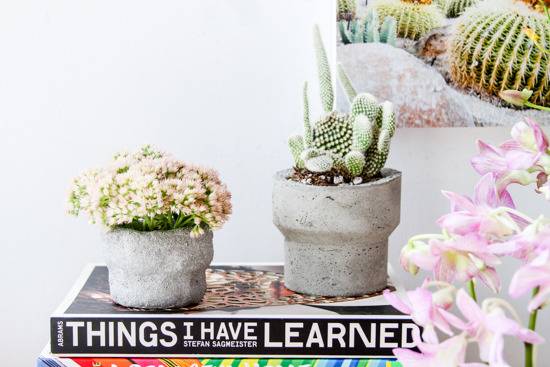
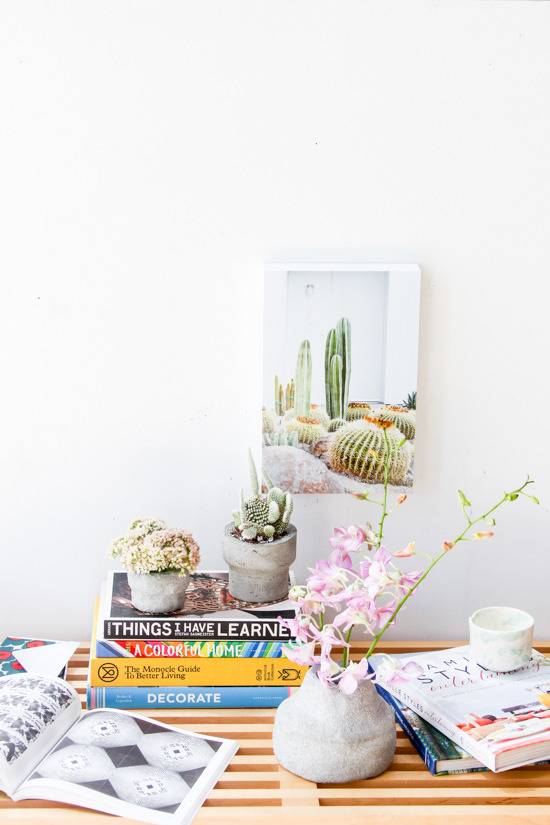
After a little trial and error, I came up with two different ways to make DIY concrete planter vases with this shapeable material. I share both techniques in this tutorial. I had tried something similar once before with regular Rapid Set Cement All, but it didn’t work. Total failure. So, I was thrilled that these ended up turning out.
Want to make your own concrete planter vases? Here’s what you’ll need…
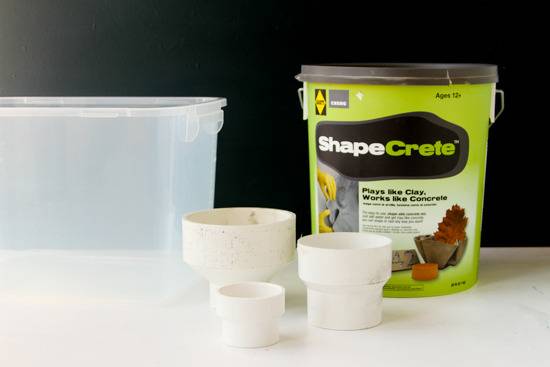
Materials:
- PVC fittings (coupling – find it in the plumbing section at home improvement stores)
- ShapeCrete (shapeable concrete)
- water
- rubber gloves
- dust mask and safety glasses
- large container to mix materials
- large spoon for mixing
- cooking spray (optional – only needed for 1 of the 2 techniques)
How To:
1. Start by putting on your safety glasses, dust mask, and rubber gloves. Then, mix up the ShapeCrete according to the instructions on the packaging – add 4 parts ShapeCrete to 1 part water, for a claylike consistency. There’s an easy to follow video on ShapeCrete.com for mixing instructions.
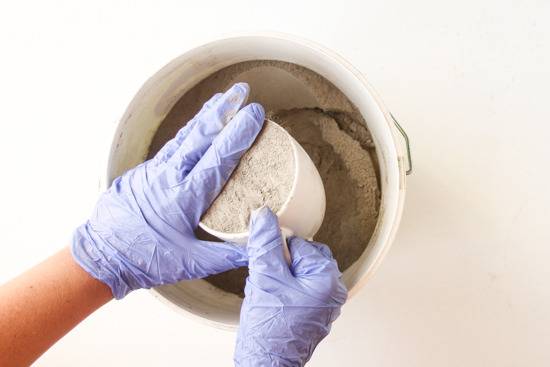
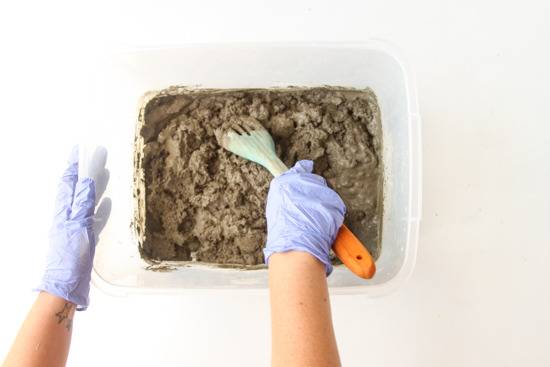
2. Once the concrete is mixed properly, to test the consistency, form a ball in your hands and see if it settles and loses its shape after shaking your hand a little bit. If so, it’s ready to use.
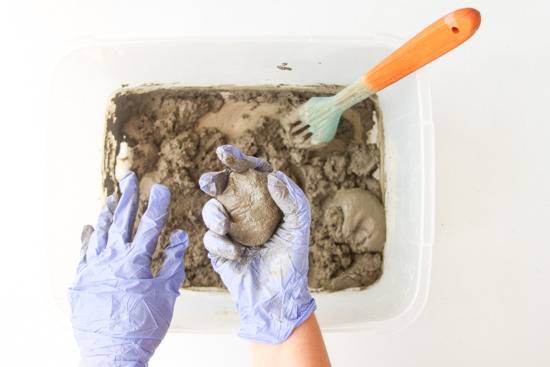
3. The first technique I tried is adding the concrete mixture to the outside of PVC coupling. Add a little bit at a time and smooth as you go, with your fingers to maintain a consistent texture and thickness.
You’ll want to make sure you add concrete to the inside as well, using the same technique, but you can leave the bottom and top open to accommodate a small bowl or cup with water underneath and an opening large enough for the stems of the flowers on top.
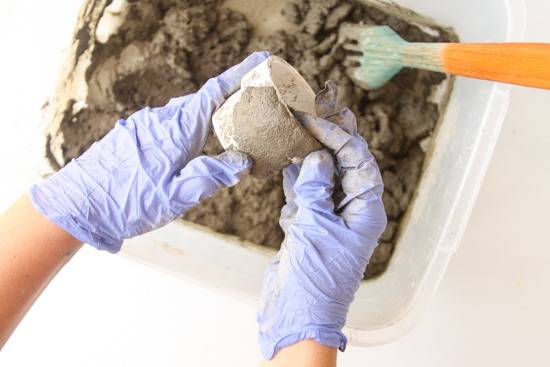
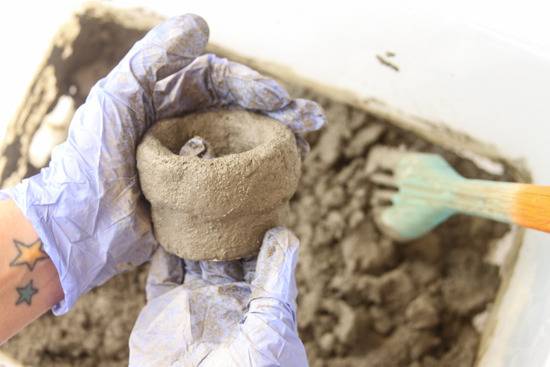
4. Once the PVC is completely covered, allow it dry overnight (or longer depending on the temperatures and humidity in your area). Once dry, add a small bowl or cup underneath the concrete vase, fill with water, and add flowers.
*For the larger coupling version of this, I flipped it upside-down after it was completely dry to create a different shape and allow for a larger cup to go underneath.
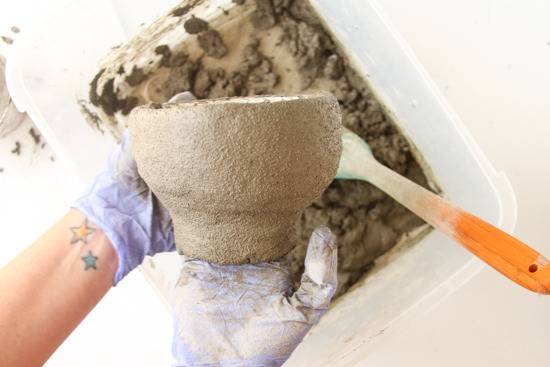
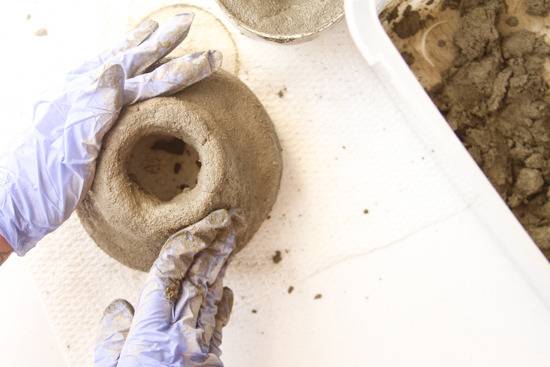
5. Alright, so lets talk about the second method for using PVC fittings for this project. The other method I tried was putting the concrete directly into the PVC fitting and then hollowing out a hole for air plants and cacti.
This is the method that I prefer when it comes to the overall finished look. But both ways work just as well. So feel free to play around with the two different techniques.
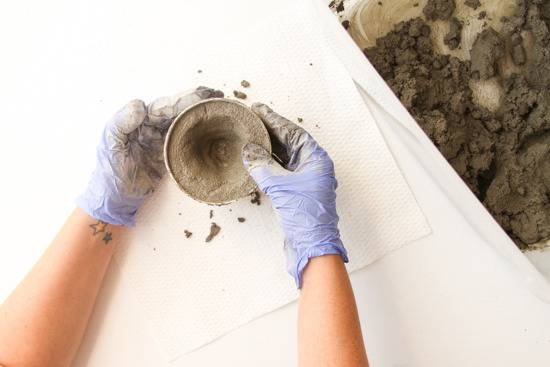
All you need to do for this technique is place the PVC on a flat surface, spray the inside with cooking spray (to prevent sticking), and add the concrete mixture directly inside the pipe. Fill completely, then remove some of the inside middle with your hands and create an indention for air plants and/or cacti, as shown. Allow it to dry up to 24 hours before removing the concrete from the PVC shell.
Here’s how the finished pieces turned out. You’ll notice that the planter vases from the first technique are not as smooth and have a more rounded off shape to them. While the planter I created using the second technique is smooth and keeps that rigid pipe shape, which I love.
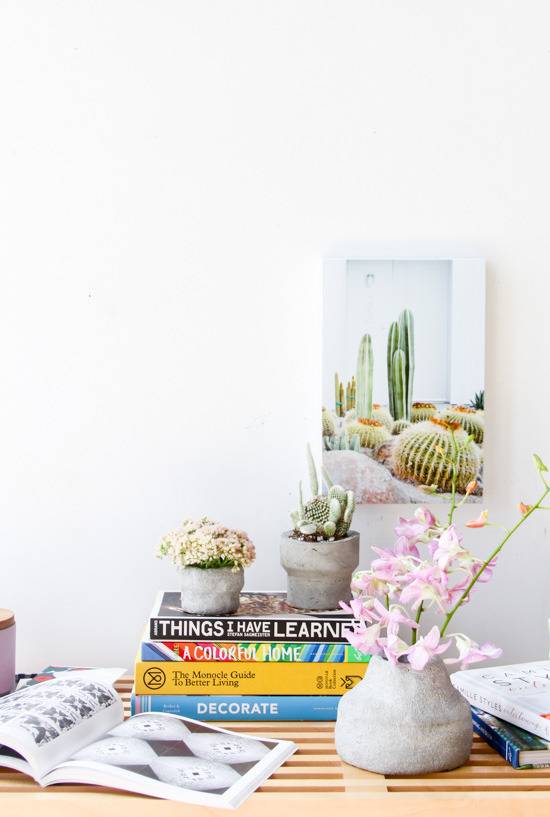
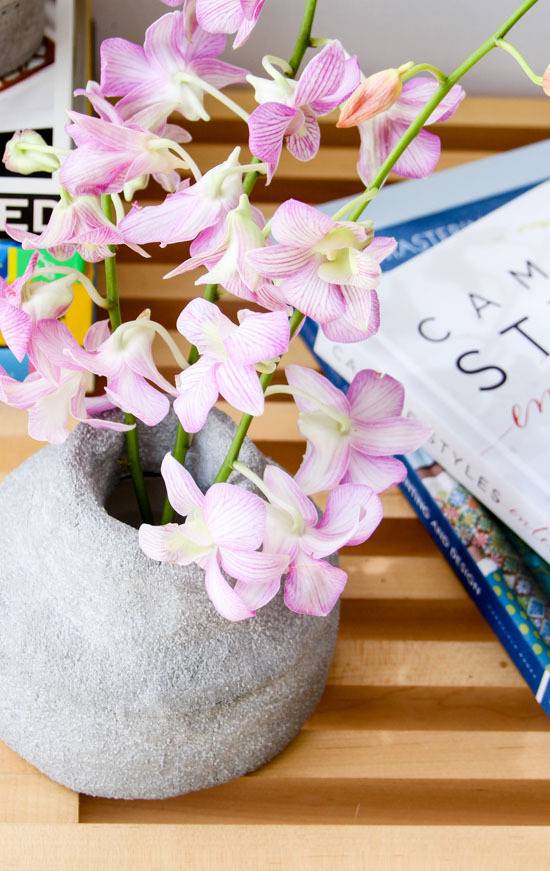
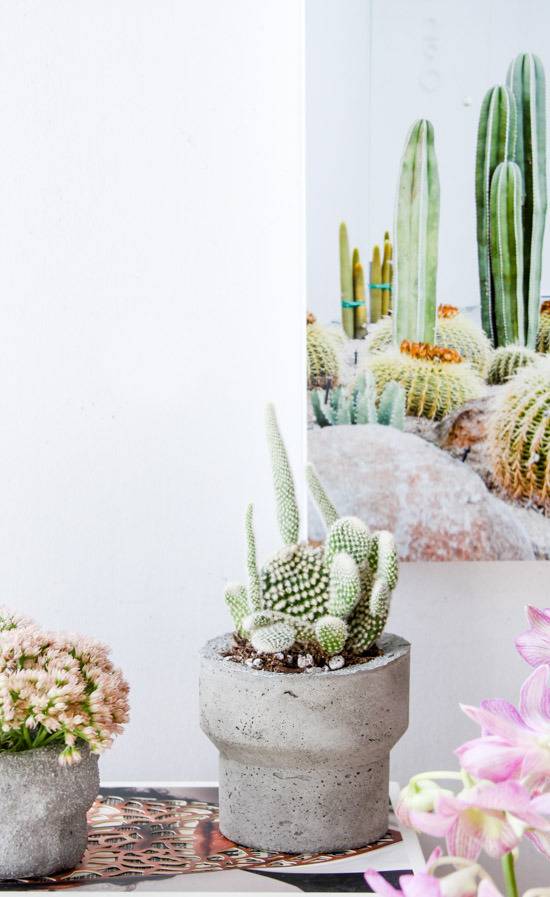
Think you’ll give this DIY concrete project a try? Which method is your favorite of the two?
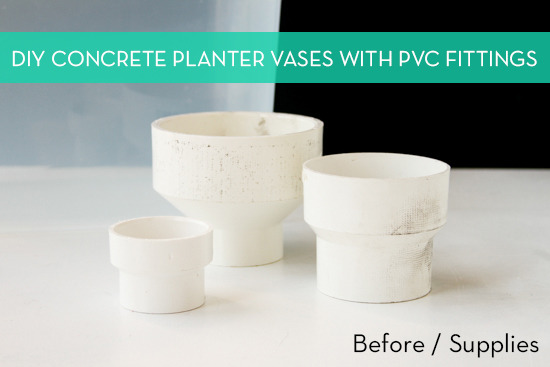
Wow! I love these, Brittni!
Thanks Alicia. 🙂